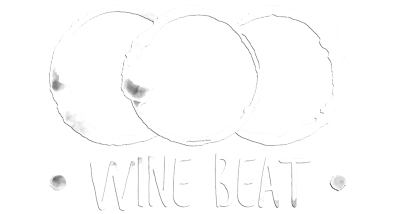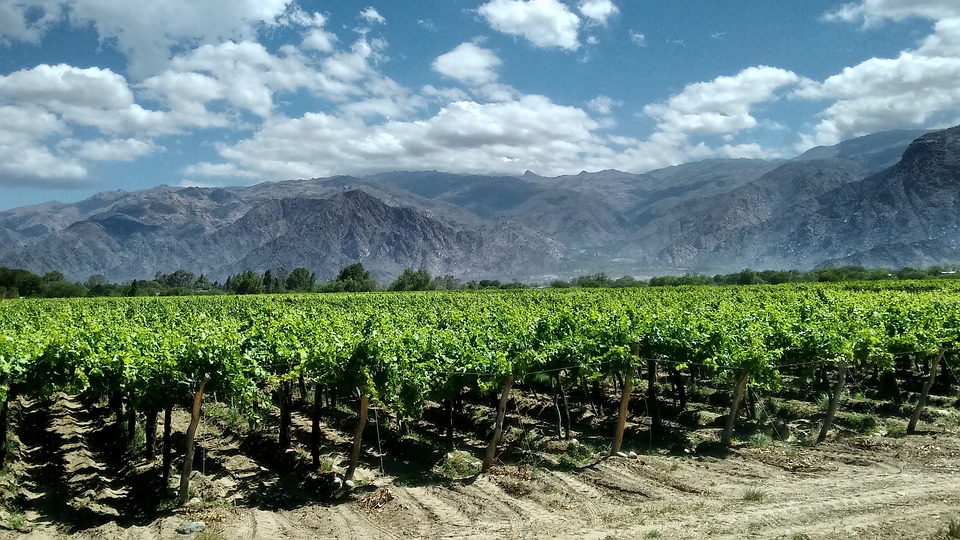
The Calchaquí Valley in the Salta wine region of northern Argentina boasts what is perhaps the highest wine producing vineyards in the world. At a vertigo-inducing level of about 3,100m, the Bodegas Colomé Altura Maxima vineyard has been challenged for the record by a vineyard in Tibet that sits at about 3,500m but I’m not sure if wine is produced from the Tibetan location yet. Any way you look at it though, one of the principal features of this region is its high altitude. Just like in the neighbouring wine producing regions of Bolivia, the relative proximity to the Equator (at about 26 degrees south) means that the area would be too warm to grow good wine without this altitude. And the altitude lends some other special climatic elements as well. There is bright sunlight almost every day of the year. And temperatures are relatively mild but with distinct amplitude between the day and the night when cool winds breathe down from the Andean heights. These diurnal changes are something grapevines love and they reward the wine grower with better colour, flavour and aroma.
The most important winegrowing area in the Salta region is Cafayate, including the Calchaquí Valley. Cafayate is not all about ultra-high altitude however. Most of the vineyards are at a more “modest” altitude of about 1700m. This is enough to lend all of the climatic benefits of altitude but not so high as to make you pant just walking from your car to the winery. We are at the far northeastern extremity of Argentina here, hard up against the borders of Bolivia and Chile. The vibrant green of the vineyards contrasts with the bright reds and browns of the mountains and desert. Despite its apparent remoteness, Salta has a thriving tourism sector driven by wine and dramatic scenery. There is a real frontier feel to this part of Argentina and it attracts wine lovers, Argentine holiday makers and adventure travellers alike.
Why Salta For Wine?
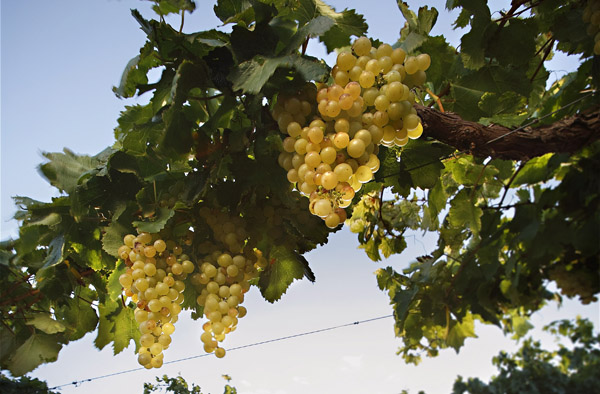
If Malbec from Mendoza and the Valle de Uco has been the vehicle by which Argentina’s red wines have conquered international markets, Torrontés of Calchaquí is the champion for white wines. There are marvellous red wines grown in this region as well but it is the whites which dominate. The origin of Torrontés (Torrontés Riojana to give the full name of the most common strain) is a bit of a mystery. It is believed to have been possibly brought by the conquistadores but there is no doubt that this is a truly Argentine grape. Although there is some Torrontés grown in Chile and Bolivia, by far the majority is grown in Argentina. And although it is cultivated in almost all regions of Argentina, the version from Cafayate is exceptional. It is particularly fragrant with stone fruit, floral and spicy elements but it has pronounced freshness and zest on the palate. It also lends itself well to top class sparkling wine.
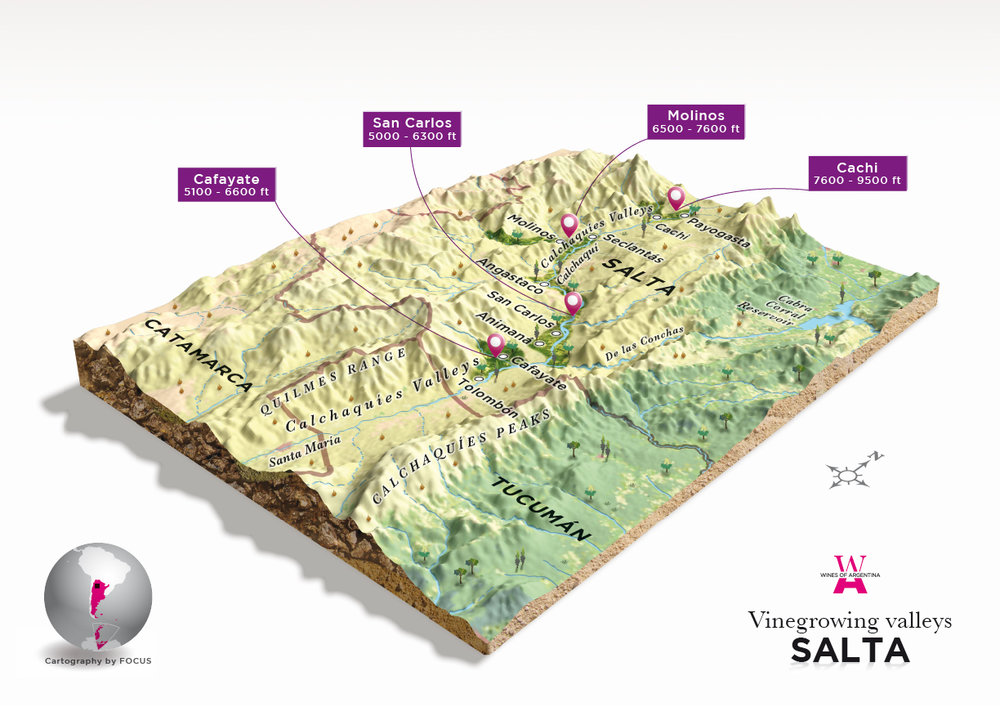
Where is Salta and the Valle Calchaquí ?
Salta is one of the northern-most provinces of Argentina. The capital city (of the same name) is nicknamed “Salta the beautiful” and is a very popular tourist destination for its laid back vibe, exciting gastronomy scene and colonial architecture. The Cafayate area is a day trip from Salta and has become a very popular attraction both for Argentines and foreign travellers. This is an area of wide open spaces, extremely dramatic desert scenery and fresh mountain air. Driving to Salta from Buenos Aires takes about 20 hours but would allow you to take in the beautiful colonial city of Cordoba along the way. A flight from Buenos Aires takes about 4 hours.
Who Are The Winemakers?
Here is a representative sample of top winemakers but go to the fantastic www.winesofargentina.org site for a a more extensive list and lots of additional useful information on the region and the wines.
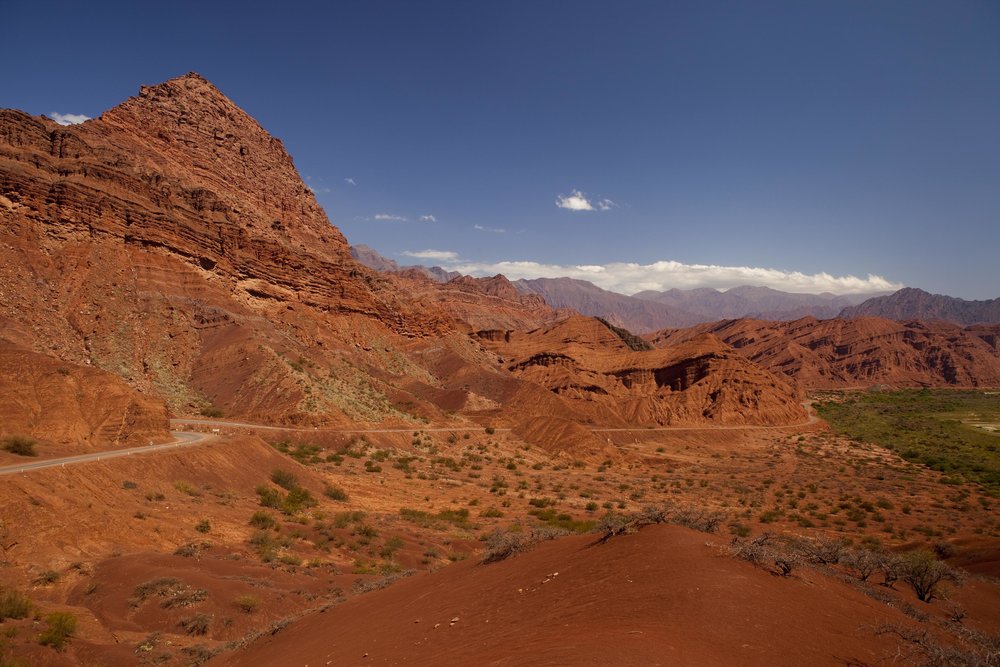
When Is The Best Time To Visit?
Salta is blessed with a climate of perpetual spring (a warm-ish spring!) with daytime temperatures ranging into the high 20’s in the summer months and hovering in the low 20s in the winter. There is no such thing as a bad time to visit the wineries, restaurants and the natural attractions of this area – the sun is almost always shining, the welcome is extremely warm and there are endless adventures for the intrepid.
Useful Links:
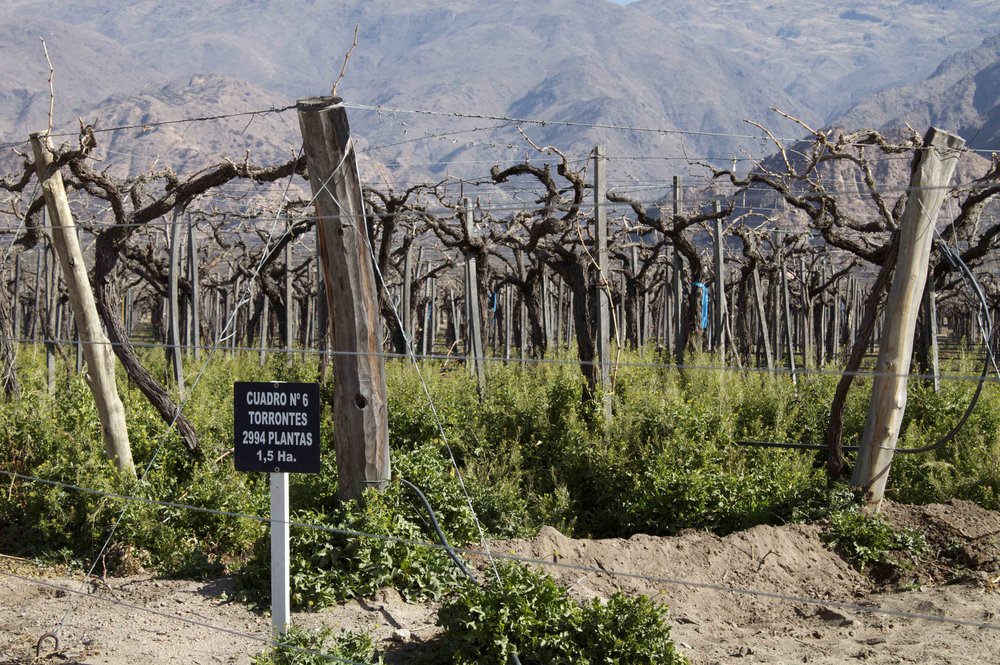
Map and photo credits: www.winesofargentina.org; Bodega Amalaya; Pixabay
